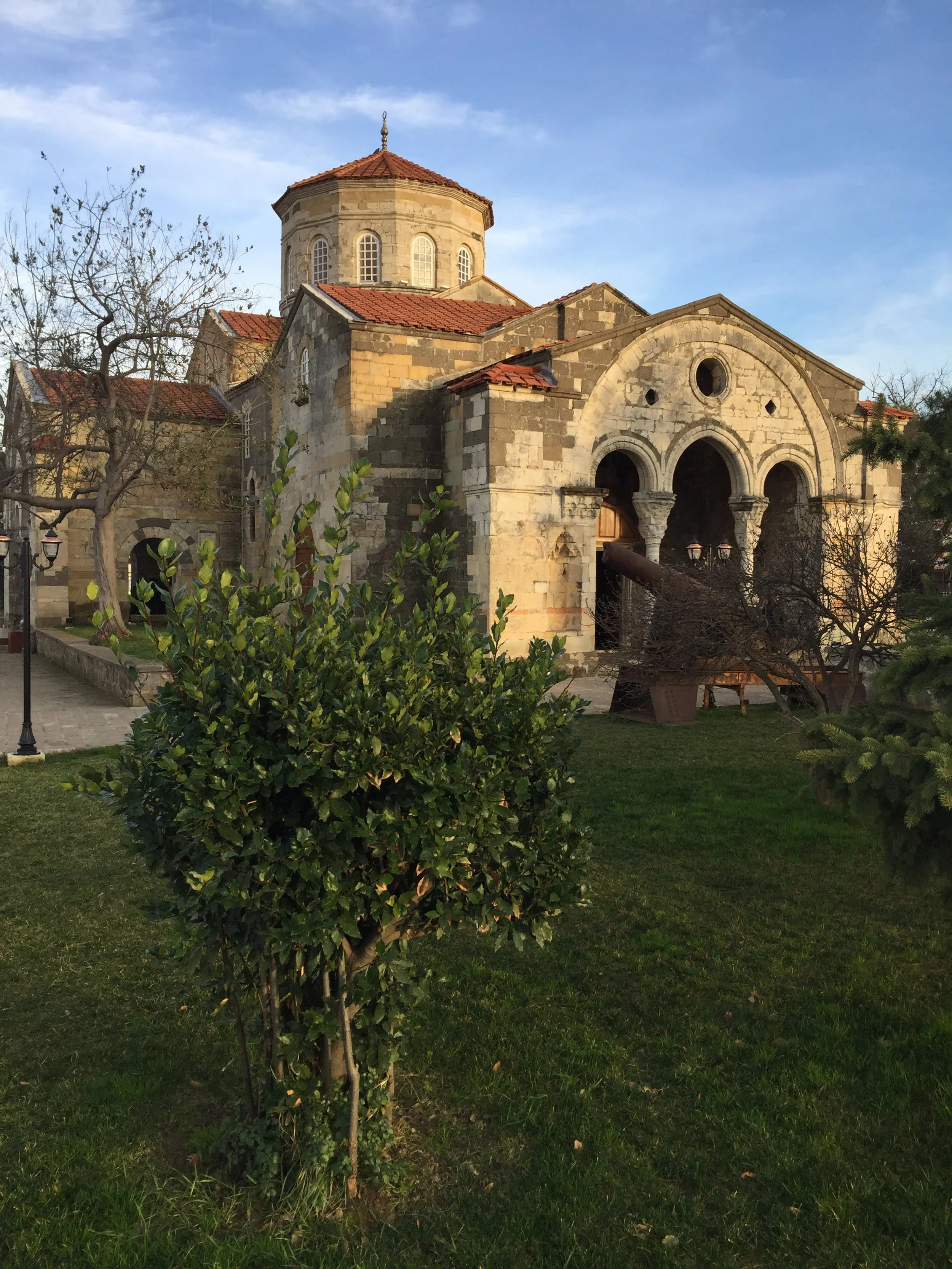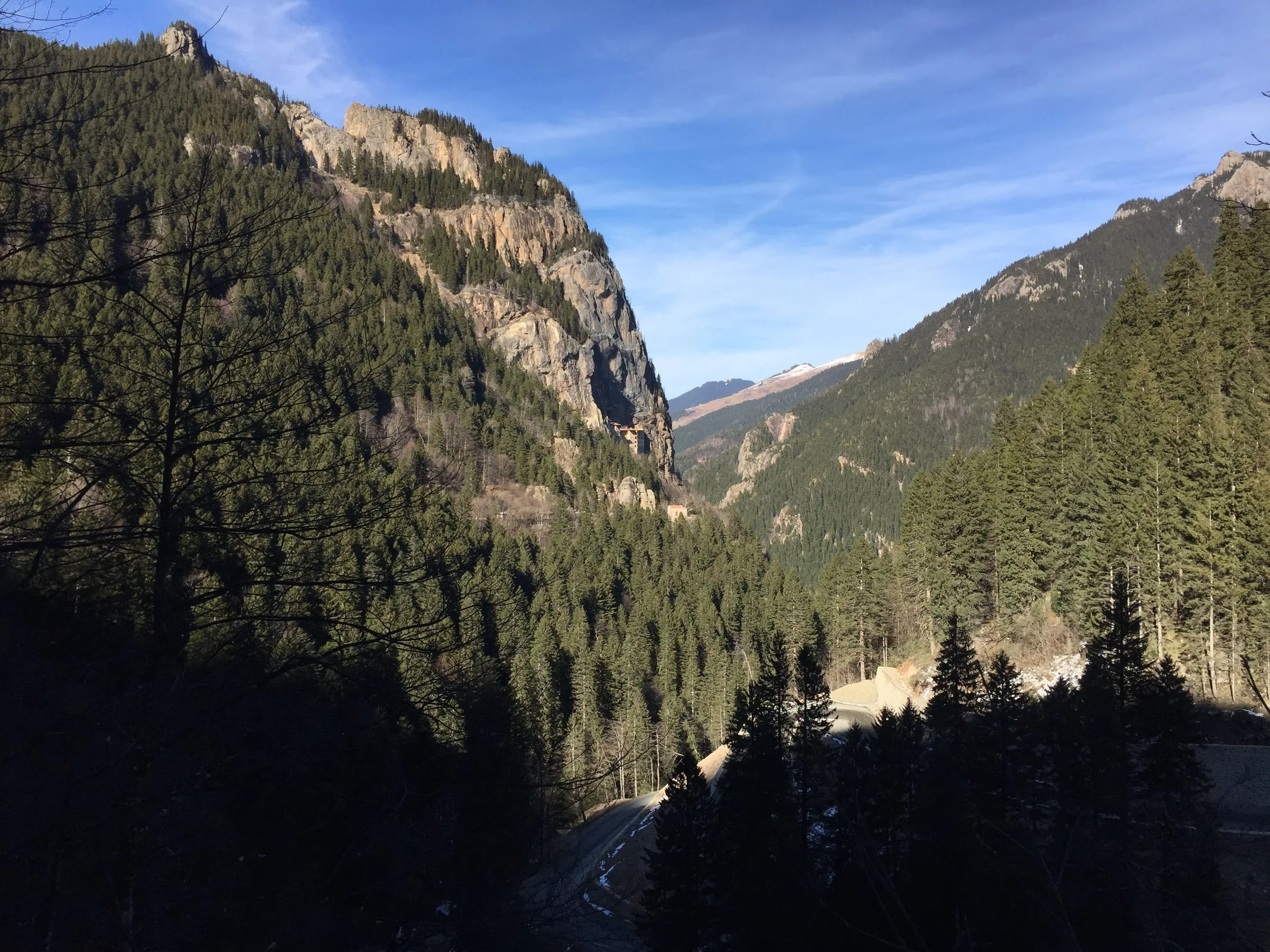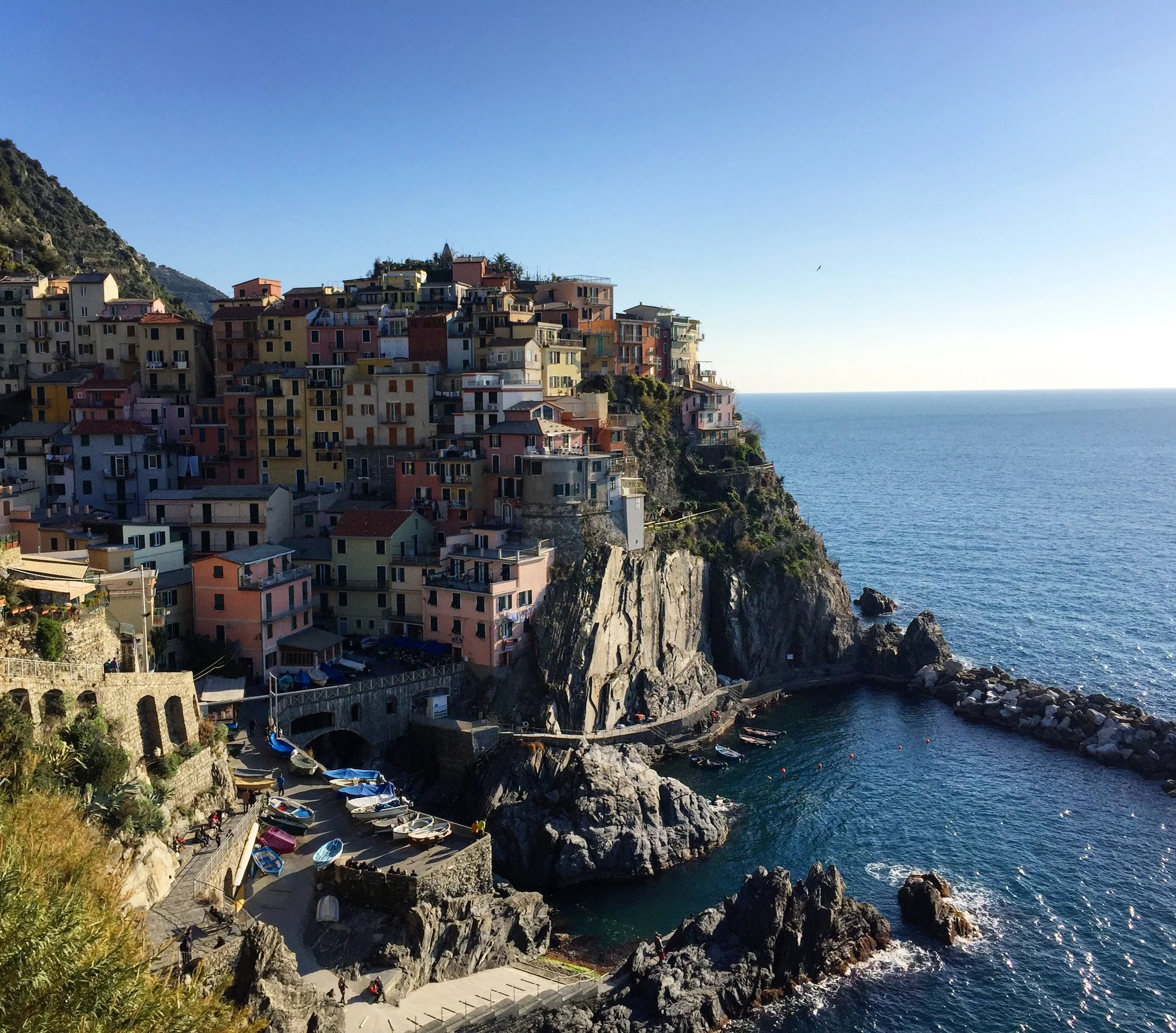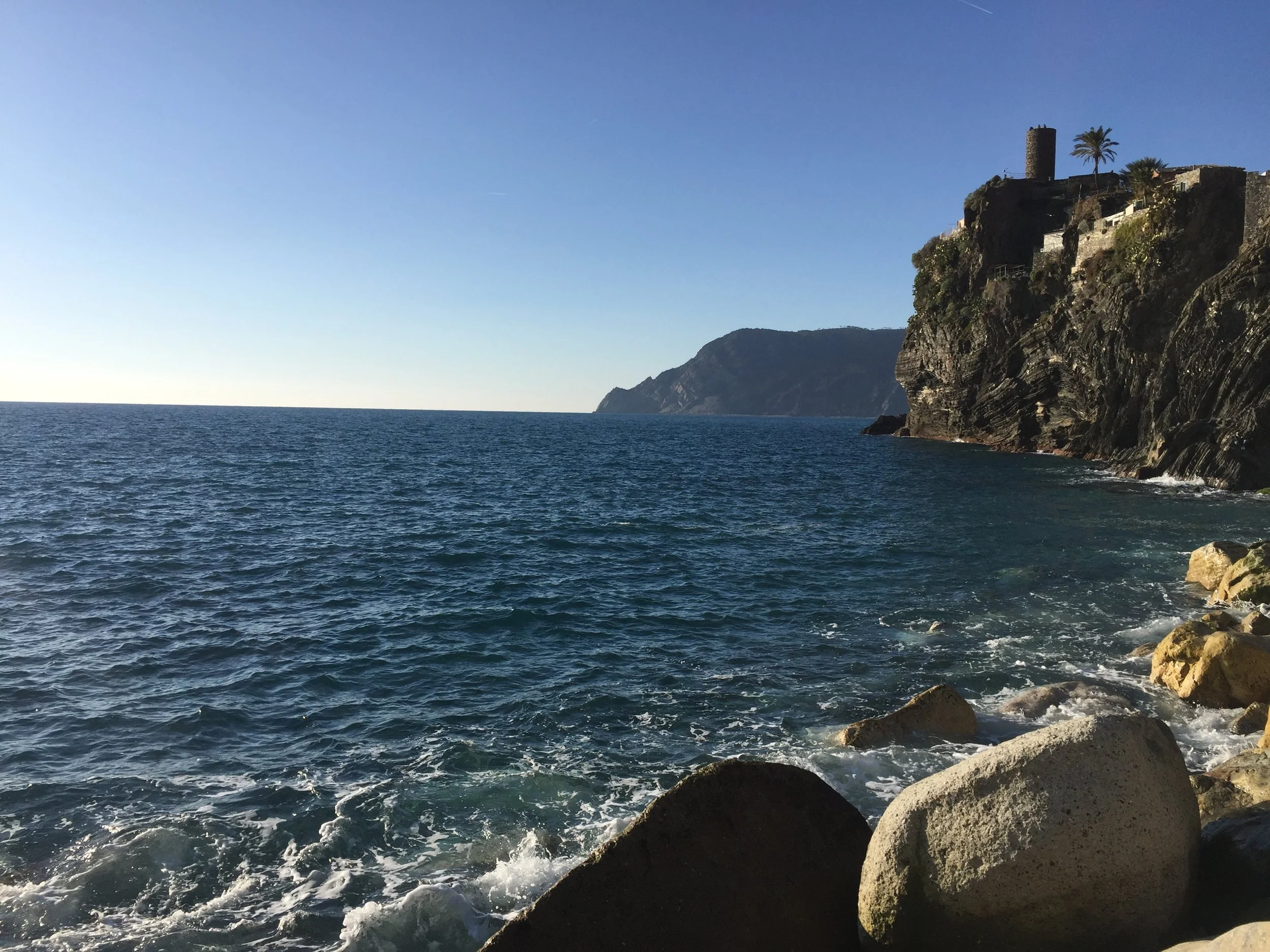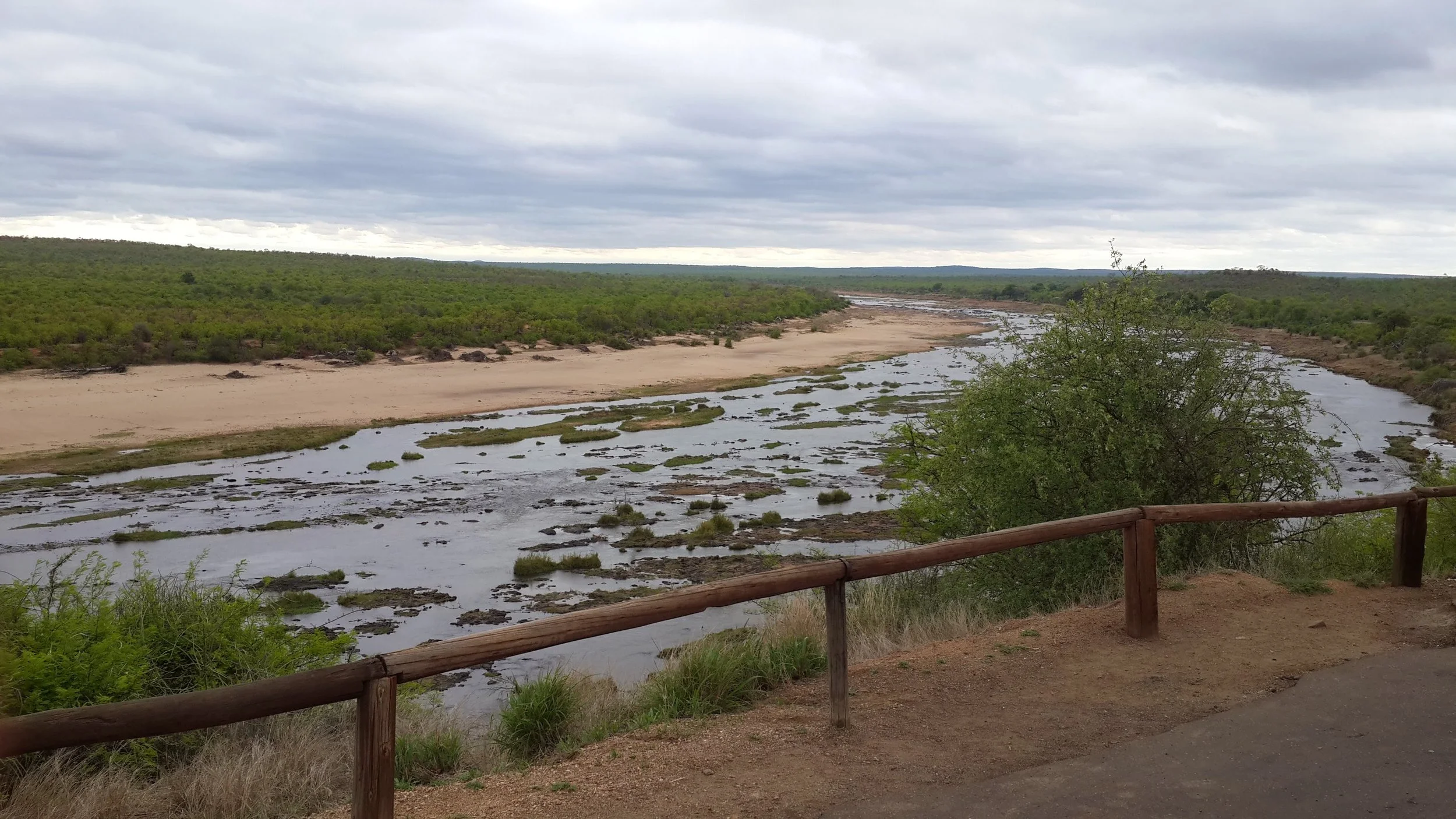Calanques National Park, located along the stunning Mediterranean coast in southern France, is a remarkable destination that captivates visitors with its breathtaking landscapes and rich biodiversity. Spanning from Marseille to Cassis, this national park is renowned for its dramatic cliffs, azure waters, and unique geological formations. The Calanques, which translates to "inlets" in English, are steep, rocky coves characterized by towering limestone cliffs, crystal-clear waters, and lush flora and fauna.
The natural beauty of Calanques National Park is truly a sight to behold. The park features a series of calanques, including the popular Calanque d’En Vau, Calanque de Sormiou, and Calanque de Port-Miou. Each cove presents its own unique charm, inviting visitors to explore sandy beaches, hidden grottos, and walking trails that wind through rugged terrain. The sheer cliffs that rise dramatically from the sea create a stunning backdrop, making it a popular spot for photography and nature enthusiasts.
Calanques National Park by thibse.com
One of the highlights of visiting the Calanques is the opportunity for outdoor activities. Hiking is a favored pastime, with numerous trails available for all skill levels. The trails offer spectacular views of the Mediterranean, as well as the chance to observe the diverse flora and fauna that inhabit the region. Some paths lead to panoramic viewpoints, where trekkers can pause and appreciate the sublime beauty of the landscape. In addition to hiking, kayaking is another popular activity. Paddling through the crystal-clear waters allows visitors to access secluded beaches and observe marine life up close, including colorful fish and vibrant underwater plants.
The ecological importance of Calanques National Park cannot be understated. Home to over 1400 plant species and numerous animal species, including several that are endemic to the area, the park plays a crucial role in preserving biodiversity. The Mediterranean climate, characterized by hot, dry summers and mild, wet winters, creates a unique habitat that supports various ecosystems. Visitors may encounter rare species such as the Bonelli's eagle or the Mediterranean monk seal, further emphasizing the park's significance as a conservation area.
Culturally, Calanques National Park is rich in history. The region has long been inhabited, with archaeological sites dating back to prehistoric times. Remnants of ancient settlements can still be found throughout the park, allowing visitors to step back in time and appreciate the area's historical significance. Additionally, the proximity to coastal towns like Marseille and Cassis offers a blend of cultural experiences, from savoring local cuisine to exploring markets that celebrate the Mediterranean lifestyle.
While the park is a sanctuary for nature lovers, it also faces challenges related to environmental preservation and tourism management. As more people discover the beauty of the Calanques, effort must be made to protect this delicate ecosystem from overuse and degradation. Responsible tourism practices, such as staying on marked trails and respecting wildlife, are paramount to ensuring that future generations can enjoy the splendor of Calanques National Park.
Calanques National Park stands as a testament to the stunning natural beauty and ecological diversity of the Mediterranean coast. Its dramatic landscapes, outdoor activities, and rich cultural heritage make it a must-visit destination for anyone seeking adventure and tranquility. Whether hiking along the cliffs, kayaking in its pristine waters, or simply soaking in the breathtaking views, visitors are sure to leave with unforgettable memories of this remarkable park.









